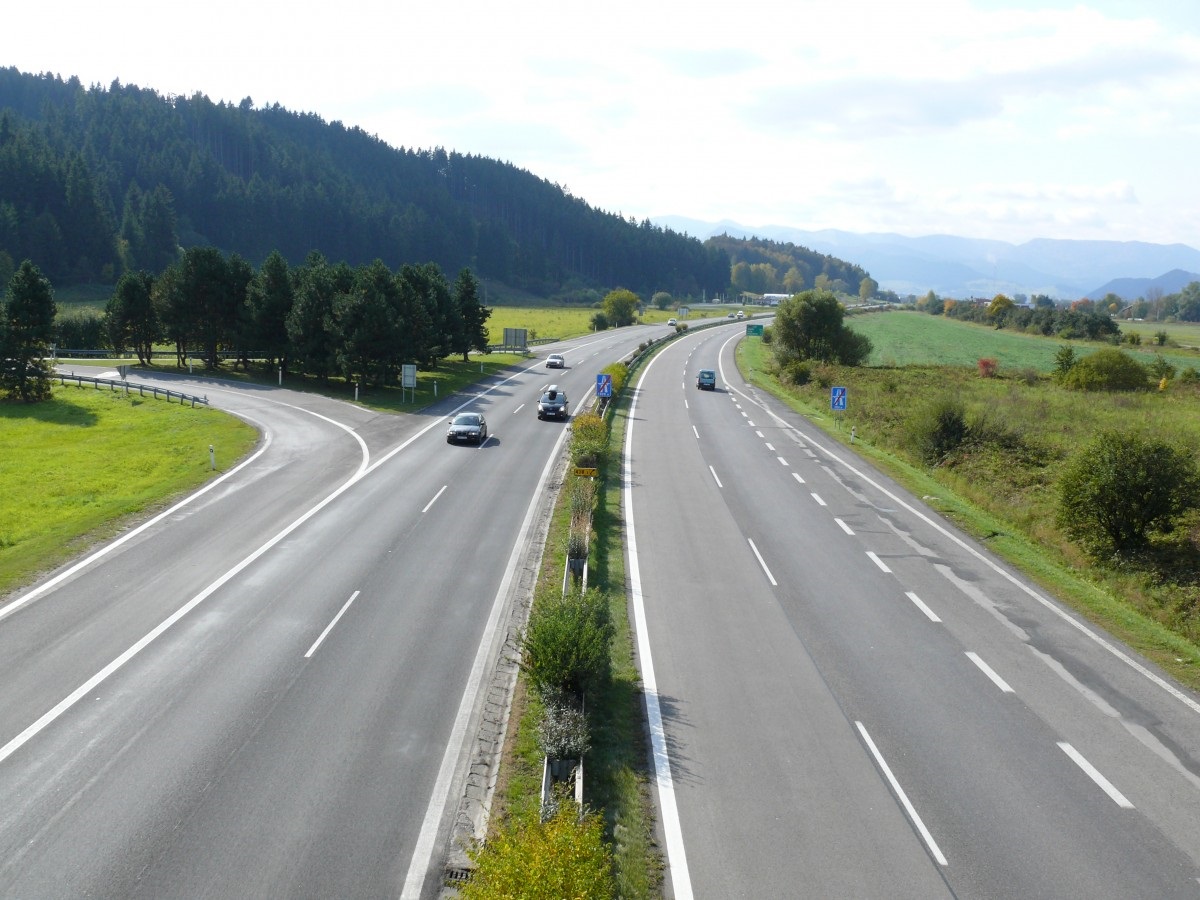From bustling city streets to intricate highway networks, from sprawling railway systems to efficient ports, a robust transportation system facilitates the movement of people, goods, and services, ultimately fueling economic growth and prosperity. Understanding how transportation infrastructure impacts economic growth requires a deeper dive into its multifaceted roles.
Lowering Costs and Expanding Markets:
At its core, effective transportation infrastructure reduces transportation costs. This impact is profound and ripples throughout the economy. By lowering the cost of moving goods, businesses can access a wider market, both domestically and internationally. This expanded reach allows them to increase production, improve economies of scale, and offer goods and services at more competitive prices. Farmers can reach more consumers, manufacturers can access more raw materials, and retailers can offer a wider selection of products. This increased efficiency directly translates into higher profits and greater economic activity.
Boosting Productivity and Attracting Investment:
When workers can commute along efficient bus stop bus easily and reliably, they spend less time in traffic and more time being productive. Businesses can operate more efficiently when they can receive deliveries and ship products promptly. This increased productivity frees up resources and allows businesses to focus on innovation and growth.
Businesses are more likely to set up shop in areas with well-developed transportation networks that connect them to suppliers, customers, and skilled labor. This inflow of investment creates new jobs, stimulates local economies, and further expands the tax base, creating a positive feedback loop of economic growth.
Facilitating Tourism and Trade:
Tourism, a significant driver of economic growth for many regions, relies heavily on transportation infrastructure. Airports, highways, and railway networks connect tourists to destinations, enabling them to explore new places and contribute to local economies. Cruise ports facilitate maritime tourism, and public transportation systems allow tourists to navigate cities easily.
Similarly, international trade is heavily dependent on efficient ports, railways, and air cargo facilities. These infrastructure elements enable the smooth flow of goods across borders, facilitating international trade and contributing to global economic grow. Investment in modernizing ports and expanding railway networks can significantly boost a country’s competitiveness in the global marketplace.
Accessibility and Social Equity:
Beyond purely economic benefits, transportation infrastructure plays a crucial role in ensuring accessibility and social equity. Well-planned public transportation systems can connect underserved communities to jobs, education, and healthcare, reducing economic disparities and improving quality of life. Investing in sidewalks, bike lanes, and accessible public transport can also promote healthier lifestyles and reduce reliance on private vehicles.
Challenges and Future Considerations:
While the benefits of investing in transportation infrastructure are clear, there are also challenges to consider. Funding and financing these projects can be complex, requiring careful planning and prioritization. Environmental considerations, such as emissions and land use, must be addressed to ensure sustainable development.
Smart transportation systems, autonomous vehicles, and electric vehicles have the potential to revolutionize the way we move people and goods. Investing in these technologies and integrating them into existing infrastructure will be crucial for driving future economic growth and creating a more sustainable and equitable transportation system.
Transportation infrastructure is not just about roads and bridges; it is a vital engine of economic growth. By reducing costs, boosting productivity, attracting investment, facilitating tourism and trade, and promoting accessibility, it lays the foundation for a thriving economy. Carefully planned and well-maintained bus stop bus transportation infrastructure is essential for paving the way to prosperity and ensuring a brighter future for all. As we look ahead, continued investment and innovation in this crucial area will be critical for sustaining economic growth and creating a more connected and sustainable world.
